Due città in una: Ragusa Ibla, l’antico cuore barocco, e Ragusa Superiore, centro moderno con eleganti viali e monumenti. Un viaggio tra scalinate panoramiche, giardini storici e nobili palazzi.
Ragusa tra antico e moderno
Ragusa
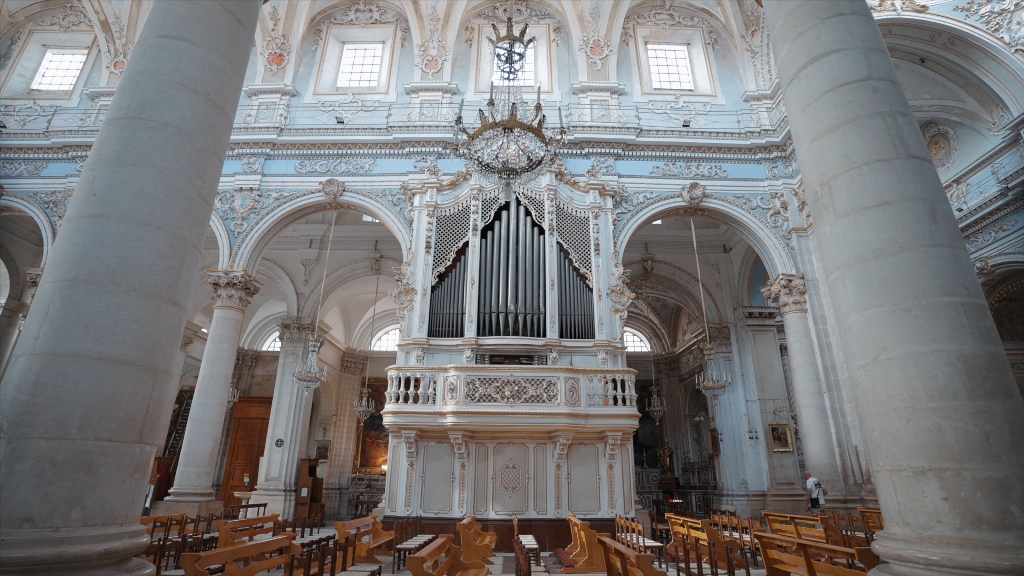
Barocco, Architettura
1 giorno
A piedi
Fun Fact: Ragusa è una delle città con il maggior numero di edifici barocchi in Sicilia, molti dei quali ricostruiti dopo il terremoto del 1693.
The route:
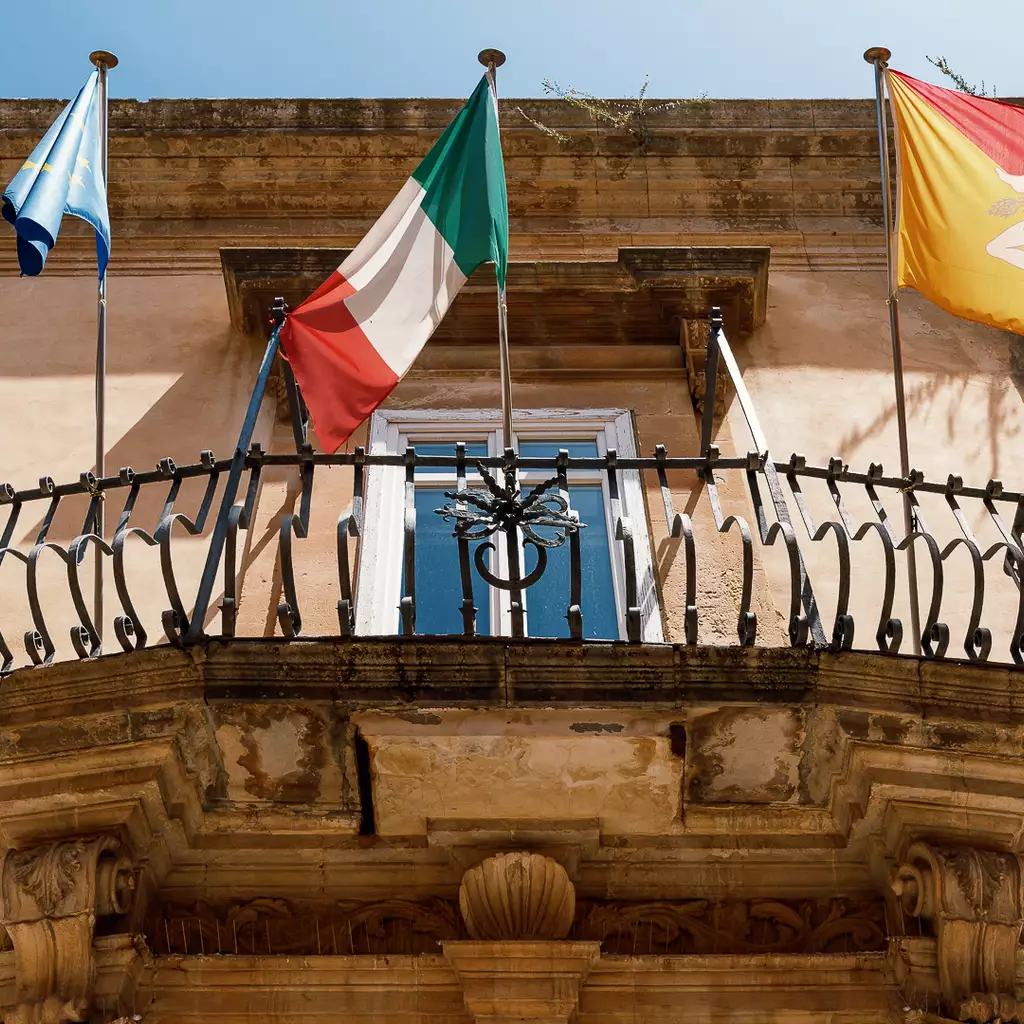
Palace La Rocca
Palazzo La Rocca, located on Via Capitano Bocchieri in Ragusa Ibla, is a fine example of late Baroque Sicilian architecture. Built between 1760 and 1780 at the behest of Baron Don Saverio La Rocca di Sant'Ippolito, the building has two floors with a façade approximately 50 metres long, enriched by eight balconies supported by pitch-stone corbels, each decorated with anthropomorphic figures and scenes of daily life. The main entrance features a portal with a goose-breasted upper balcony. Inside, an atrium with a double flight of pitchstone stairs and a floor decorated with white limestone inserts and majolica tiles leads to the noble rooms, which preserve 18th-century furnishings. The palace houses the MUSAC (Museum of the History of Architecture and Construction in the Mediterranean), managed by the A.St.R.A.Co. association, which promotes the local architectural heritage through exhibitions and cultural activities.


Square Pola and Church of San Giuseppe
Square Pola, located in the heart of Ragusa Ibla, is one of the most important and lively urban spaces in the historic centre. This historic square is the fulcrum of the social, cultural and religious life of the district, a place where meetings, cultural events, shows and traditional markets are held, animating the city's atmosphere on a daily basis. Surrounding the square are elegant Baroque buildings, evidence of Ragusa Ibla's architectural and artistic identity, giving the place a timeless charm. Adjacent to Piazza Pola is the Church of San Giuseppe, a true jewel of Sicilian Baroque dating back to the 18th century, with a richly decorated façade characterised by stuccoes and statues, and an interior housing precious works of sacred art. Both places are key landmarks in the religious and social life of the community, as well as attracting visitors from all over the world, eager to immerse themselves in the history and culture of Ragusa Ibla.


Church of Santa Maria delle Scale
Located along the picturesque Discesa Santa Maria, which connects Ragusa Superiore to Ibla, the Church of Santa Maria delle Scale is one of the city's oldest sacred places. Founded in the 14th century by Cistercian monks, it was enlarged and partially rebuilt after the 1693 earthquake, integrating Baroque elements with the original Gothic-Catalan structures. Evidence of this is the ogival portal, which has survived the centuries and leads to an interior with asymmetrical naves, enriched with stone decorations and valuable altars. The church is also famous for its privileged panoramic position: from the churchyard there is a spectacular view of Ragusa Ibla, with its roofs, churches and the surrounding green valley. A place of worship and contemplation, it is today one of the most popular destinations for the faithful, art lovers and tourists, for its architectural beauty and the strong symbolic value that links the two souls of the city.


Palace Arezzo of Donnafugata
Palace Arezzo of Donnafugata, located on Corso XXV Aprile in the heart of Ragusa, is a historic and prestigious aristocratic residence with origins dating back to the 18th and 19th centuries. The building stands out for its eclectic architecture, combining neo-Gothic and neo-Renaissance influences, clearly visible in the elegant crenellated towers and rich decorations on the façade. Inside, the palace preserves refined frescoes, period furniture and artistic details that tell of the history and prestige of the Arezzo family, owners of this important monument. Today, Palazzo Arezzo di Donnafugata is an important cultural and tourist reference point for the city of Ragusa, open to guided tours and hosting events that enhance its artistic and historical heritage, helping to keep the local memory and cultural identity alive.

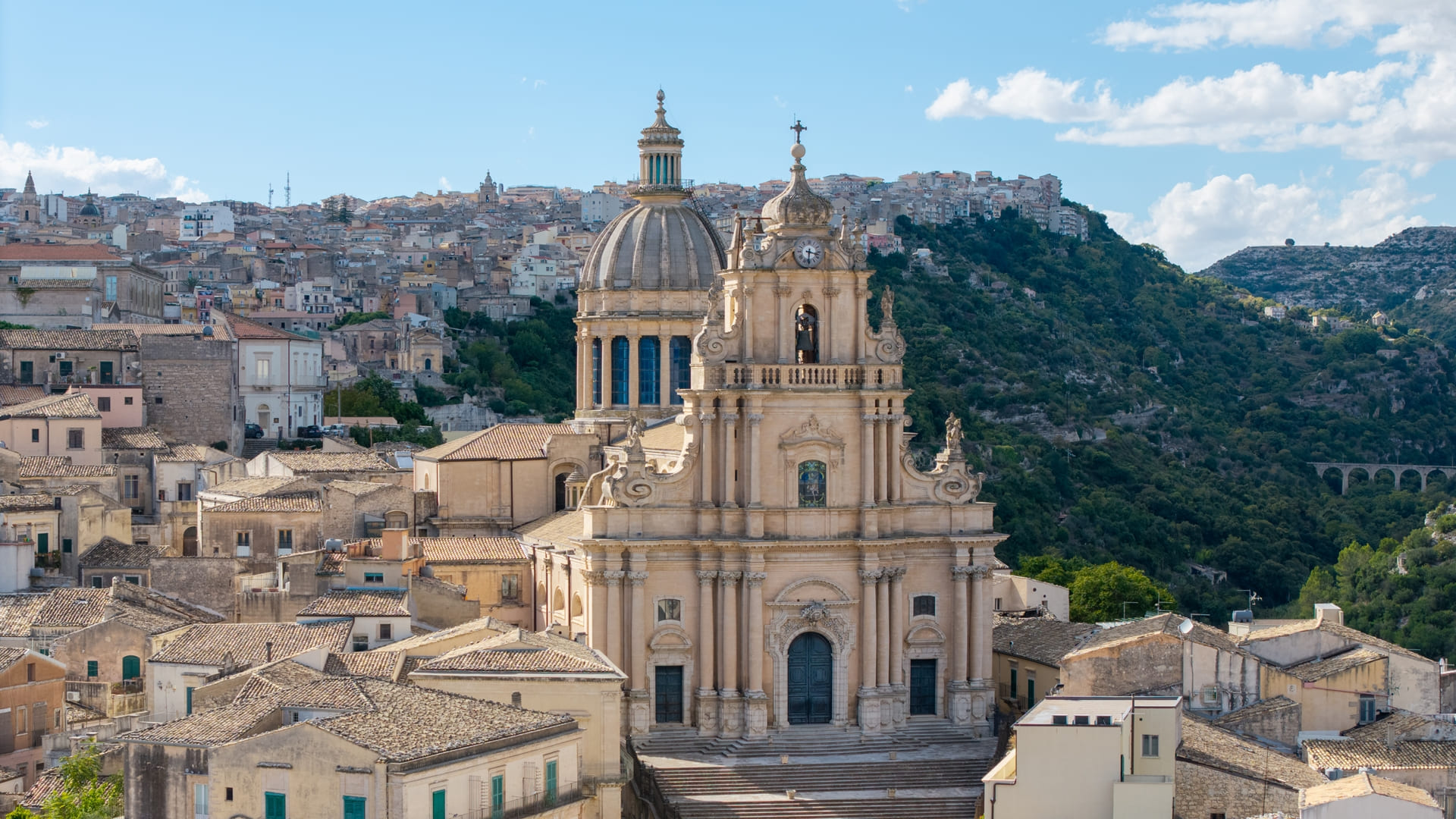
Square Duomo and the Church of San Giorgio
Squadre Duomo is the beating heart of Ragusa Ibla, framed by the majestic Church of San Giorgio, an authentic masterpiece of Sicilian Baroque built between 1739 and 1775. This church is distinguished by its imposing three-order façade, richly decorated with Corinthian columns, niches and statues reflecting the city's deep religious and artistic tradition. The interior, finely decorated with elaborate stucco work and frescoes of great historical and artistic value, creates a solemn and evocative atmosphere. The monumental staircase that connects Piazza Duomo to the area below constitutes a scenic route of great visual impact, making the complex an essential reference point for believers, tourists and art and culture enthusiasts. Piazza Duomo is undoubtedly one of the most representative and best-loved symbols of Ragusa Ibla, a hub of religious and cultural events that animate the city's historic heart.

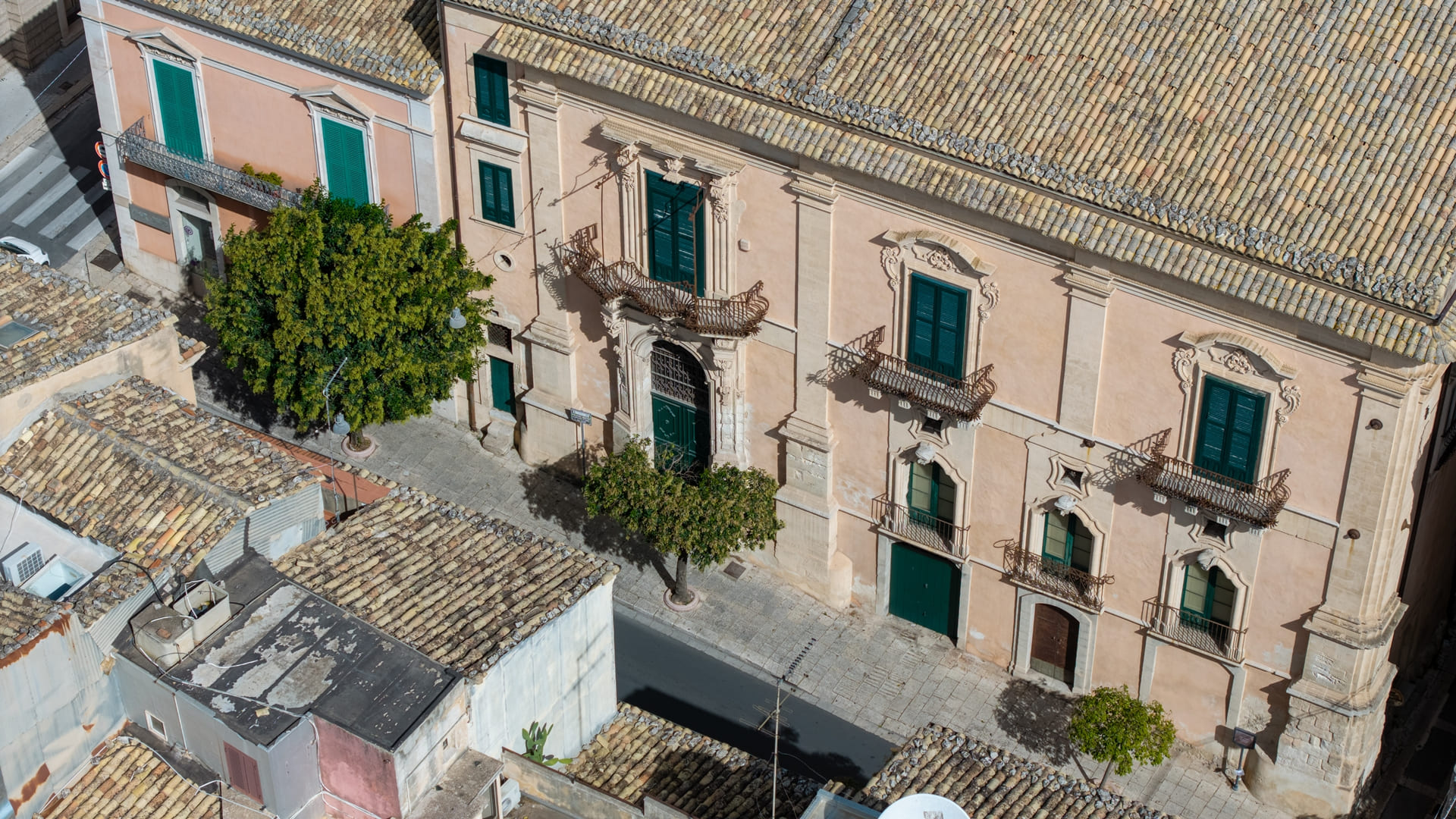
Palace Bertini
Palace Bertini, located along Corso Italia in Ragusa, is one of the most emblematic examples of 18th-century civil Baroque architecture in Sicily. Built for a local noble family, the building is distinguished by its elegant limestone façade, embellished with wrought-iron balconies supported by three famous sculpted corbels depicting grotesque masks known as “the three masks of human comedy”: the nobleman, the bourgeois and the commoner. These caricatured faces represent social satire and are considered among the most striking Baroque decorations in the city. Inside are frescoed ceilings, stucco work and decorations that reflect the refined taste of the Ragusa aristocracy of the time. Today, the palace is a cultural and artistic landmark in the historic centre, bearing witness to Ragusa's historical, social and architectural richness. Visiting it, one fully grasps the theatrical and symbolic spirit of the Hyblean Baroque.

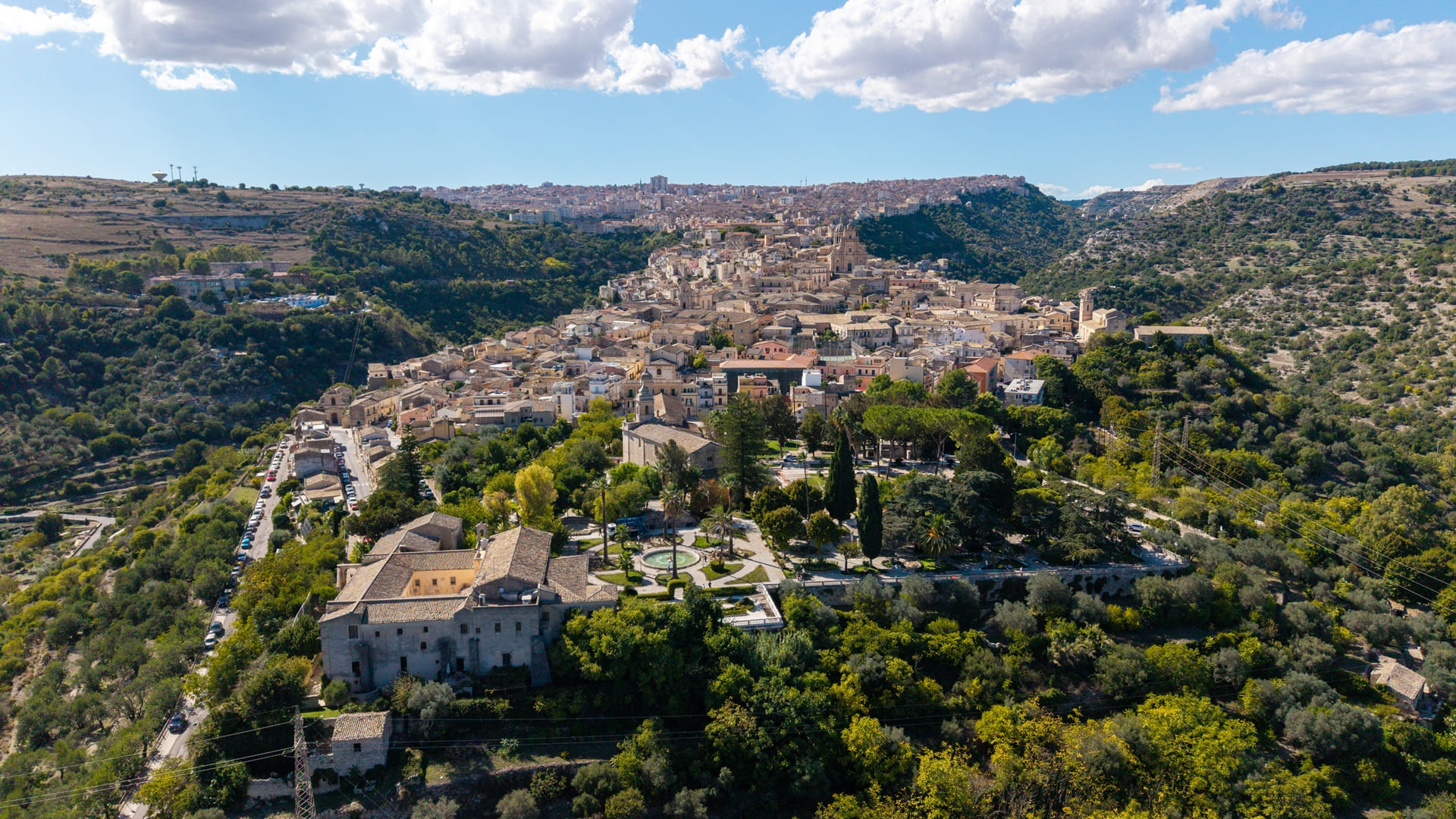
The Ibleo Garden
The Ibleo Garden, located in the heart of Ragusa Ibla, the city's charming historic district, is Ragusa's oldest and most charming public garden. Built in the first decades of the 19th century, this green space today represents an oasis of peace and tranquillity, ideal for relaxing walks among paths shaded by centuries-old trees, enchanting fountains and artistic statues that enrich the atmosphere. The garden has always been an important social and cultural meeting point for the local community, hosting numerous events, demonstrations and meetings that enliven city life. From here one can also admire breathtaking views of the surrounding countryside and the Iblei hills, offering a perfect combination of nature, history and community life. A place where past and present meet to offer unforgettable experiences.

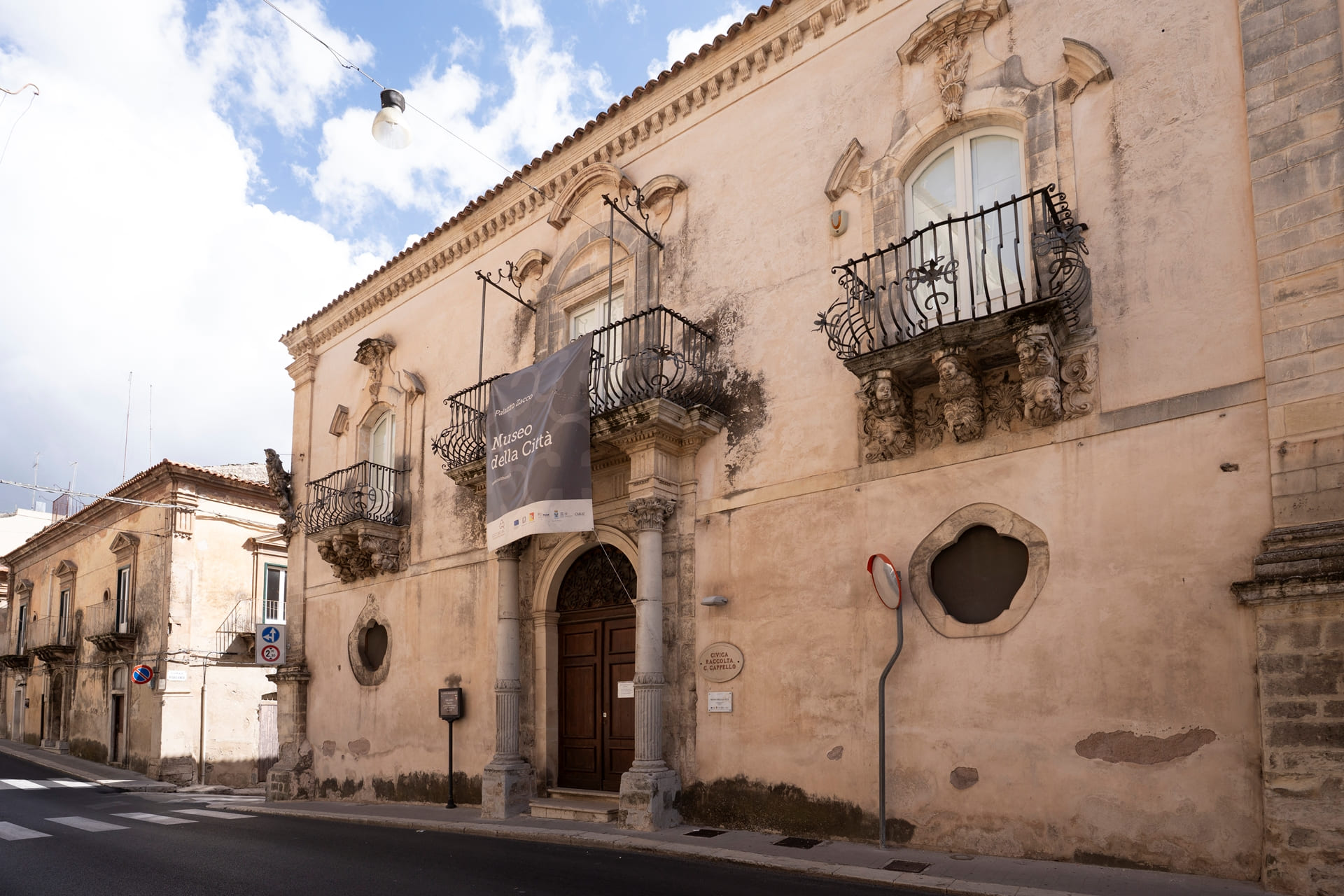
Zacco Palace
Zacco Palace, located on Via San Vito in Ragusa, is one of the finest and most representative examples of Sicilian Baroque. Built in the second half of the 18th century, it was the residence of the noble Zacco family, prominent members of the Ragusa aristocracy. The building is distinguished by its majestic façade, characterised by six monumental balconies supported by corbels sculpted with grotesque masks, anthropomorphic figures, fantastic animals and floral motifs, typical of the Ibleo Baroque inspiration. These decorative elements, lively and theatrical, give the building a scenographic and suggestive appearance. The interior preserves frescoes, decorated wooden ceilings and architectural details that testify to the taste and refinement of the period. Today, Palazzo Zacco is home to cultural institutions and hosts exhibitions and events, becoming a point of reference for the appreciation of Ragusa's historical and artistic heritage. An essential stop for those exploring the Baroque heart of the city.

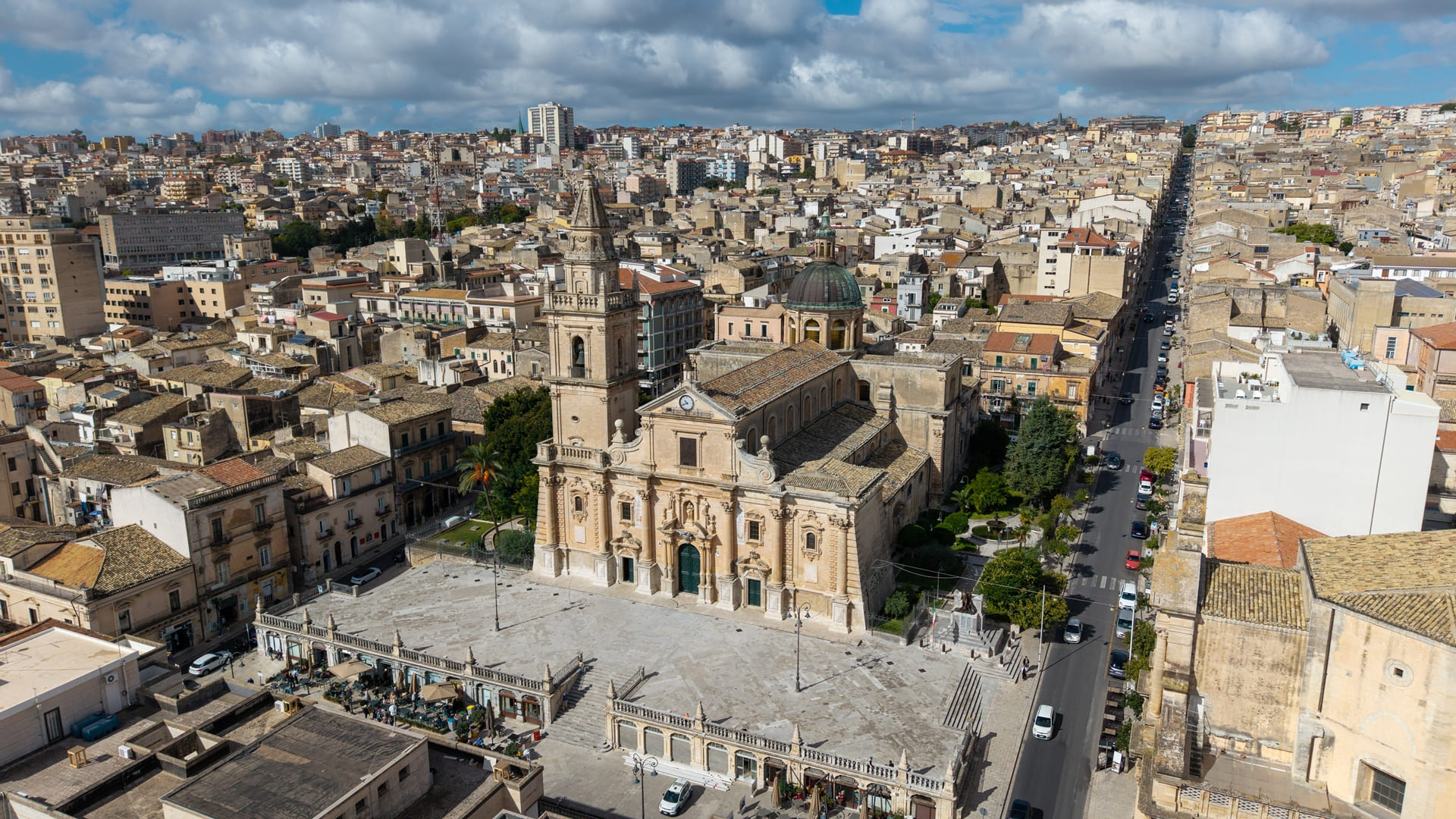
San Giovanni Square and San Giovanni Cathedral
Square San Giovanni is one of Ragusa's main public spaces and is the beating heart of the city's social, religious and cultural life. Large and scenic, the square is dominated by the majestic Cathedral of St John the Baptist, the city's patron saint, built in the 18th century after the 1693 earthquake. The cathedral is distinguished by its imposing Baroque façade, decorated with sculptures, pilasters and stuccoes that testify to the high level of artistry of the time. The three-nave interior is embellished with monumental altars, important paintings and an 18th-century organ of great historical value. Piazza San Giovanni has always been the site of important religious celebrations, solemn processions, cultural events and concerts, becoming not only a spiritual but also a community reference point for the citizens of Ragusa. A symbol of identity, it is an essential stop for anyone visiting the city.


Old Bridge
Ragusa's Old Bridge, also known as the Capuchin Bridge, is located on Via Traspontino and is one of the city's historical symbols. Constructed between 1837 and 1843, it represents an important work of 19th-century engineering, built in local stone with an arched structure that harmoniously links two historical city districts, facilitating communication between the urban areas divided by the valley. The bridge is distinguished by its sober elegance and landscape integration that makes it perfectly consistent with the architecture of the historic centre. Used for over a century as the main transit route, today it has been partially pedestrianised, becoming a popular place for citizens and tourists alike for scenic walks, photographic glimpses and moments of relaxation. The Ponte Vecchio is thus not only a historical infrastructure, but also an identity and evocative point that tells the urban and social history of Ragusa.

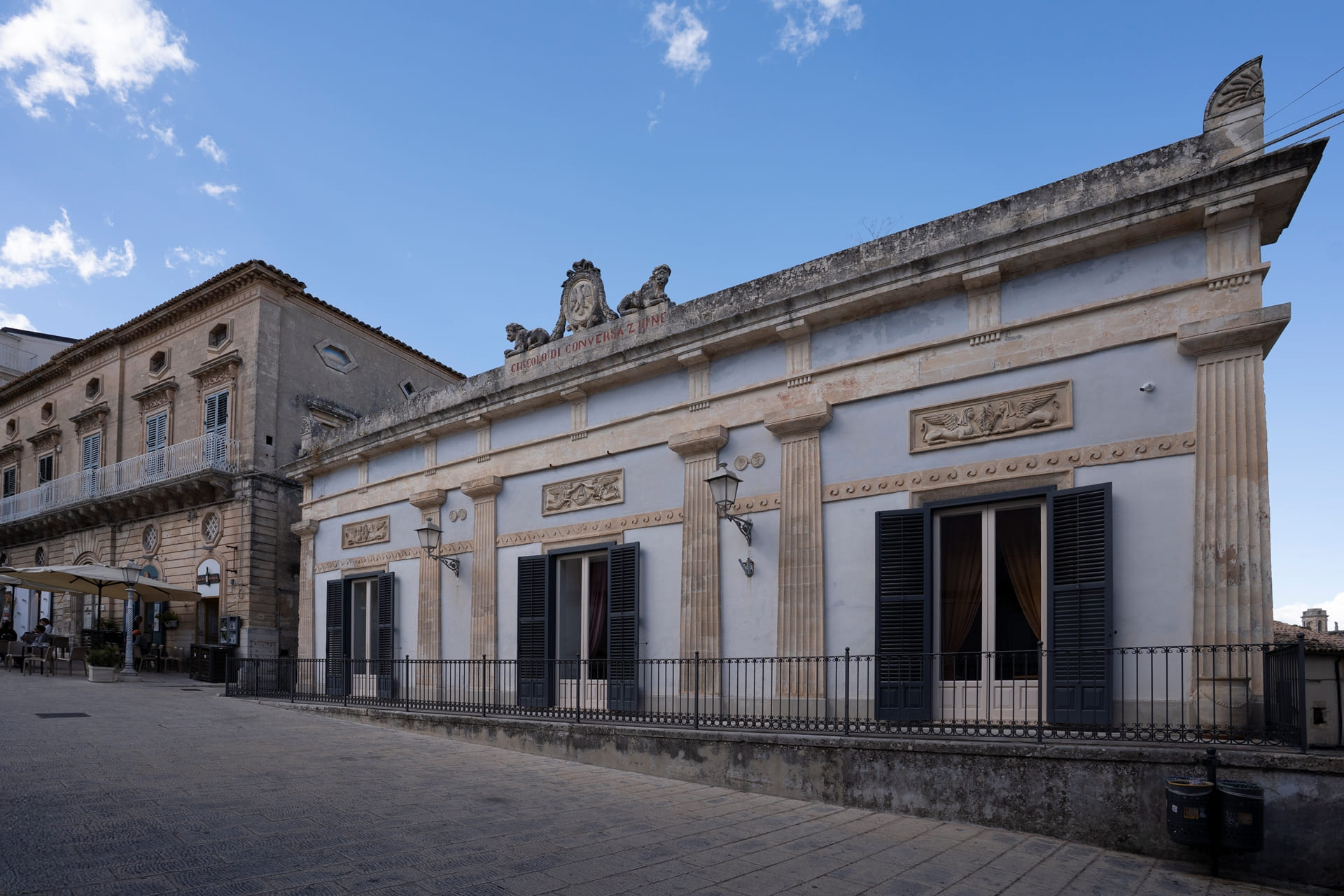
Conversation Club
The Ragusa Ibla Conversation Club is a fine example of neoclassical architecture, founded in 1830 at the behest of the local aristocracy. Located in Piazza Duomo, the building is distinguished by its elegant façade, characterised by Doric pilasters and bas-reliefs depicting mythological figures. Inside, the sumptuous ballroom features a ceiling frescoed by Tino Del Campo, with allegories of the arts and sciences and medallions depicting Dante, Michelangelo, Galileo and Vincenzo Bellini. The rooms, furnished with original furniture, preserve the atmosphere of the time, offering a glimpse of the social life of the 19th-century Sicilian aristocracy. Today, the Circolo is a private cultural centre, open to the public only through guided tours, which allow visitors to discover its history and artistic heritage.

